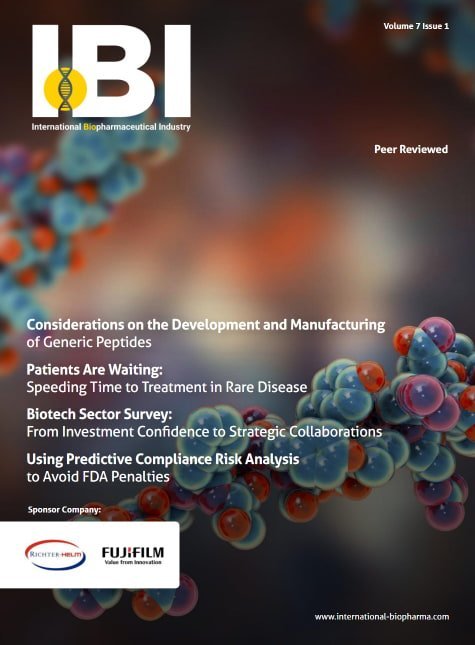Dive Brief:
- The Food and Drug Administration has determined that the risk of a rare, but serious, clotting syndrome tied to Johnson & Johnson’s COVID-19 vaccine warrants limiting its use to adults who either can’t or won’t get another available shot.
- The FDA temporarily paused use of J&J’s shot in 2021 and placed a warning on its label due to concerns about the unusual side effect, which led a U.S. government advisory panel to decide vaccines from Pfizer and Moderna should be the “preferred” option. The agency is taking stricter measures following a new analysis, however.
- That investigation has uncovered 60 known cases of the side effect, nine of which were fatal. The overall rates remain very low — about 3.23 cases per million vaccinations with J&J’s shot and 0.48 deaths per million. Regulators still aren’t sure exactly which factors put people at risk for the disorder, which initially appeared most common in younger women. It isn’t associated with either Pfizer’s or Moderna’s vaccines.
Dive Insight:
Once viewed as a convenient, one-dose alternative to the multi-shot regimens from Pfizer and Moderna, J&J’s shot has instead been marred by safety concerns that have curtailed its use in the U.S. and elsewhere.
Even before the vaccine was launched in the U.S., regulators were already keeping an eye on a rare syndrome characterized by an unusual combination of blood clots and low platelet counts. The condition, known as thrombosis with thrombocytopenia syndrome, or TTS, was first identified in people who’d received a vaccine developed by AstraZeneca and the University of Oxford that uses similar technology. Though very rare, the side effect had led to the deaths of a number of individuals. Several European countries paused use of AstraZeneca’s vaccine, or placed age restrictions on it, as a result.
A little over a month after the U.S. authorized use of J&J’s shot in February 2021, regulators temporarily suspended its rollout to investigate rare instances of TTS. Though vaccinations resumed last April, with regulators judging the benefits of immunization outweighed the health risks of COVID-19, the agency and advisers at the Centers for Disease Control and Prevention struggled with how best to communicate those risks.
CDC advisers first decided that updated labeling would be sufficient to alert doctors and the public. Then, in December, the FDA strengthened its warning on the shot and the CDC made a new recommendation, calling Pfizer’s and Moderna’s shots the “preferred” options.
A fuller investigation into cases that have occurred since led the FDA to decide on even stronger language. The agency is limiting its use to those who can’t access Pfizer’s or Moderna’s vaccine, refuse to get them, or shouldn’t because of previously experiencing an allergic reaction. While rare, TTS may cause patients to “rapidly deteriorate,” even with quick diagnosis and treatment. The condition also has a high death rate and can cause debilitating long-term health issues, the regulator said.
J&J acknowledged the change in a statement and the potential seriousness of TTS, but add that the data supporting its shot “continue to support a favorable risk-benefit profile…when compared with no vaccine.”
There are other options in the U.S., however, and even before the latest announcement, relatively few people were receiving J&J’s shot. The vaccine has accounted for only about 19 million of the roughly 578 million doses administered so far, according to CDC data. J&J recently suspended its sales forecasts for the shot, for which it had previously forecasted $3.5 billion in revenue in 2022.
The presence of other options appeared to play a large role in the FDA’s decision to further limit J&J’s use. In its statement, the agency said it considered “the availability of alternative authorized and approved COVID-19 vaccines” that can protect people from disease and haven’t been associated with a risk of TTS.

























